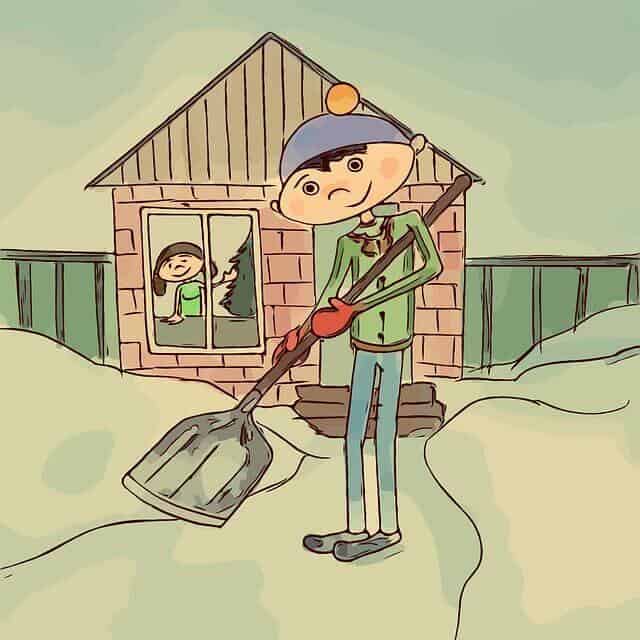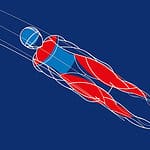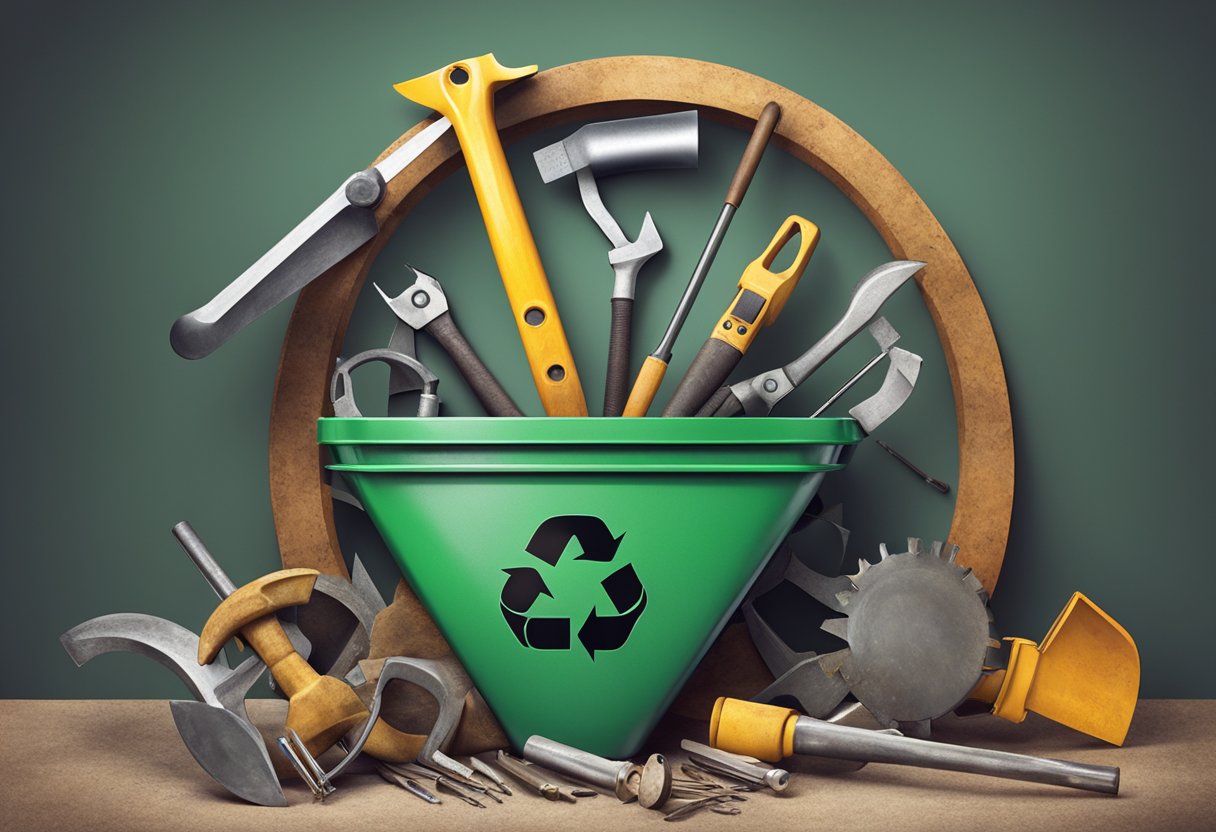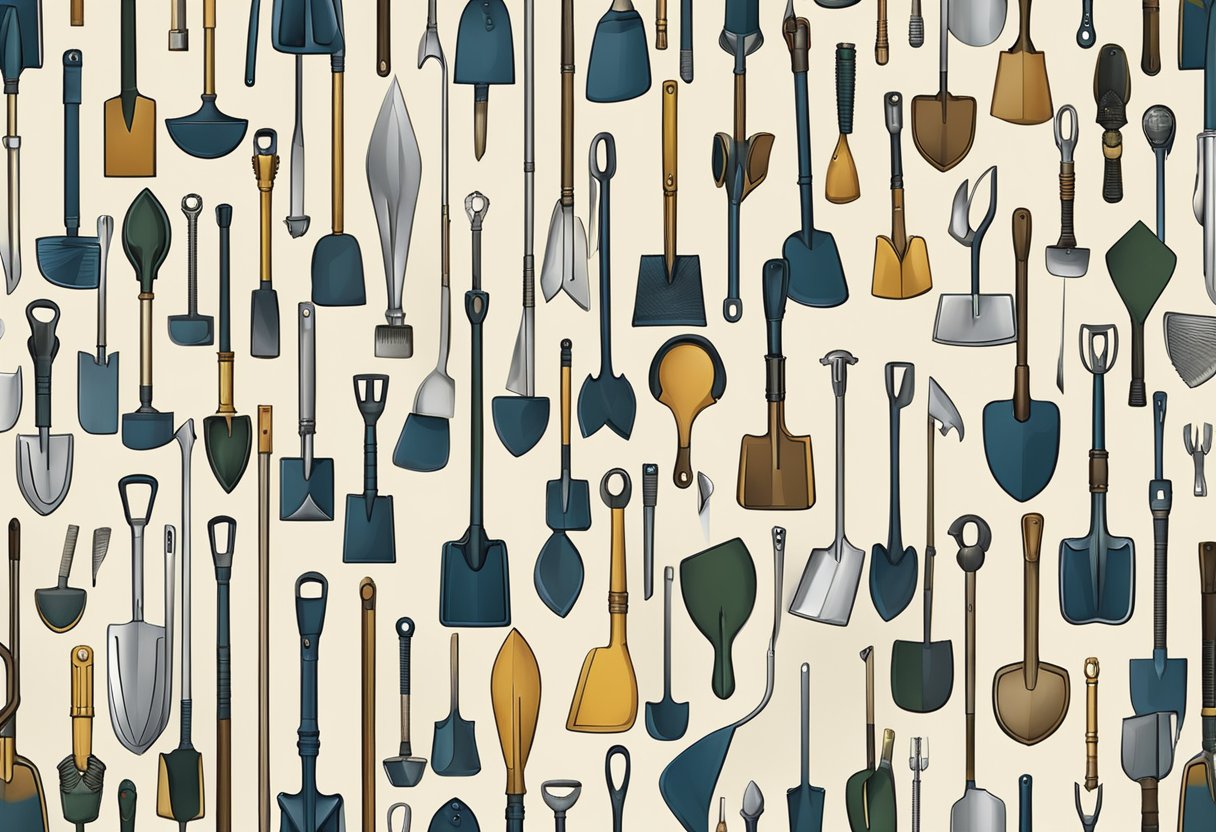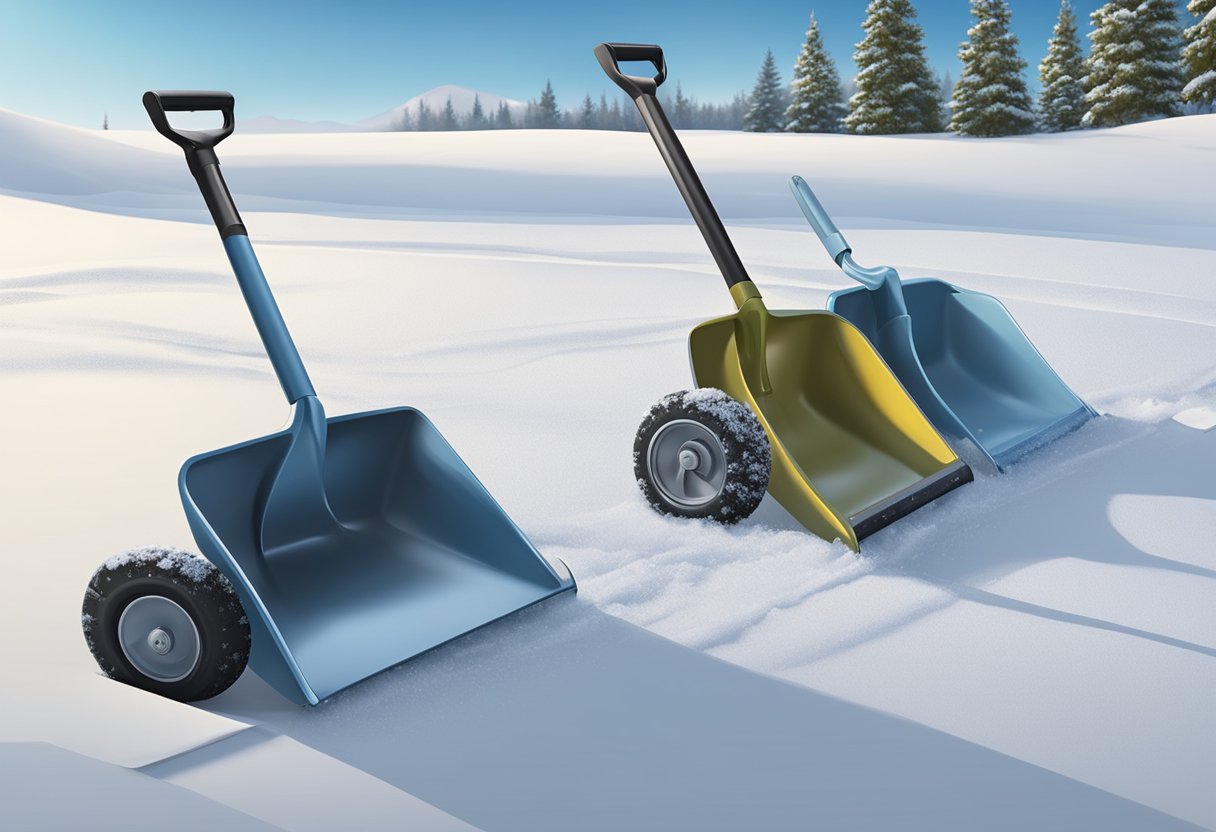How do you know if a person is too young to shovel? Shoveling can be strenuous on your body, especially your joints and back. Most people have the physical strength and coordination to shovel effectively at around 10 or 11 years old.
Table of Contents
How Shoveling Affects Growth
Shoveling snow can be hard work. If you’re not used to it, you could get tired quickly, and it is essential to take breaks often and stay hydrated. Second, shoveling snow can be tough on your body, especially your back and joints. Shoveling can be even more difficult if it’s very cold or wet outside. However, every person is different, so it’s always best to consult with a doctor or other medical professional if you have concerns.
The Negative Impacts Of Shoveling And At What AgeAge Is Too Young To Shovel?
Shoveling snow can negatively impact your health if you’re not careful. Strains and pains are usually temporary and will go away once you stop shoveling, but they can be more severe in some cases. For example, shoveling snow can trigger an asthma attack if you have asthma. In addition, if you’re not careful, shoveling snow can lead to injuries like slips and falls or frostbite.
Physically a child’s bones and muscles are still developing until the age of 18. The long term effects of shoveling on a young person’s body are not well known. What is known is that injuries to the growth plates in immature bones can stunt growth. Overall, exercise and weight lifting helps bone to become denser and stronger. Though care must always be taken as shoveling can put a lot of strain on these still-developing bones and muscles when done incorrectly leading to short term injuries, such as:
- Muscle strains: shoveling is a physical activity that requires repetitive motions and can put a lot of strain on your muscles. This muscle strain is especially true if you’re not used to shoveling or shovel for long periods without taking breaks. Muscle strains can cause pain, swelling, and tenderness in the affected area.
- Back pain: shoveling snow can also lead to back pain. Lifting snow and pushing snow puts extra stress on your back muscles and spine. If you have back pain before shoveling, the action can worsen the pain.
- Neck pain: shoveling snow can also cause neck pain as you are often looking down while shoveling, which can strain the muscles in your neck.
- Headaches: shoveling snow can also lead to headaches, likely due to the extra stress that shoveling puts on your neck and shoulders.
- Frostbite: shoveling snow can also lead to frostbite. If your hands, face, or toes are not adequately protected, your skin is exposed to the cold air for long periods, leading to frostbite. When you have frostbite, your skin will feel cold and numb, and in severe cases can cause permanent damage to your skin and tissues.
- Heart attack: Shoveling is a strenuous activity that raises your heart rate and blood pressure, which has the potential to lead to a heart attack. If you have a history of circulatory or heart disease, shoveling can increase your heart attack risk.
Teach How To Shovel Safely
The positive and negative effects of shoveling are real for everyone, not just older individuals.
If a young person shovels, they need to be taught how to shovel so they do not hurt themselves. Avoid the monkey see, monkey do, by providing no information or basic information; this is a shovel, this is snow, push the snow, lift the snow, clear a path, rinse, and repeat. The long term consequences of injury will impact their life for many years.
Even though you may not have been taught to protect yourself from the potential harm of shoveling, take the time to learn and pass on the following information. By following these tips, you can help those new to shoveling, how to shovel while staying safe at the same time.
1. How to shovel
Starting with a smaller shovel so that the load matches their fitness level, age and ability is important.
2. How to dress for shoveling
Wearing the proper clothing is also extremely important. About Kids Health recommends that children dress in layers so they can remove a layer if they start to sweat.
It is also essential that a hat, scarf, mittens or gloves, and boots to protect their extremities from the cold are worn.
3. How to warm up before shoveling
Would you walk into a gym and walk over to the dead man’s lift, grab the weights and begin lifting? Most likely, you know that this would cause pain to your body and hurt you.
Shoveling is an intense exercise, so warming up is essential, as you would do with any training.
First, try a few stretches and jumping jacks to warm up. Then, walk around the yard, clearing debris or other potentially dangerous items that may get in the way of shoveling. Explain that getting supplies together to complete a task is a part of the warm-up component of any job, shoveling snow included.
4. How to know when you have shoveled enough
It is also essential to know when to stop shoveling. Take breaks every 15 minutes and drink lots of fluids to stay hydrated. If you feel tired, dizzy, or short of breath, stop shoveling and rest.
Consider having the younger person learn how to sweep an area after you have shoveled to see how they do. Sweeping is easier on the body than shoveling and will allow you to see how they do with physical activity for long periods.
5. Use the right shovel
Choose a shovel that’s comfortable to use. The scoop size needs to match the shoveller’s ability to lift when full. Smaller shovels are ideal for anyone who cannot lift heavy loads. If you shovel and notice back pain utilize a tinier shovel or look for an ergonomically shaped shovel to reduce the strain on your back.
6. Lift properly
When pushing or lifting the snow, use proper form. For example, bend at your knees, not your back, and lift with your legs.
7. Shovel fresh snow
Shoveling wet, heavy snow is more complicated and can strain your body. Keep the areas required clear of snow by shoveling fresh snow as soon as possible so that it does not get compacted or melt and turn into ice. However, when a heavy snowfall is expected, shovel more than once to reduce the body’s stress.
Final Thoughts
Shoveling snow is a great workout and is an excellent way to get the heart rate up and burn calories. As a result, you build muscle and improve your balance.
So, even though bones and muscles are still developing until the age of 18, most individuals have the physical strength and coordination to shovel effectively around 10 or 11 years old. Teach how to shovel correctly and ensure the shovel size matches the person’s ability to prevent injuries.

